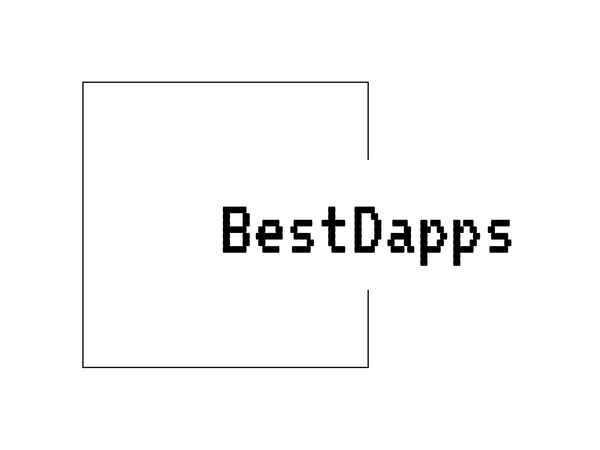
Unpacking Curve Finance: Major Critiques Revealed
Share
Biggest Criticisms of CRV and Curve Finance
Curve Finance, powered by its native token CRV, has been a significant player in the decentralized finance (DeFi) ecosystem. Despite its revolutionary approach to stablecoin trading and liquidity provision, there are numerous criticisms that industry insiders and users alike have articulated over time.
Complex User Interface and Experience
One of the most frequently cited criticisms of Curve Finance is its complex user interface. Unlike some DeFi platforms that prioritize user-friendliness, Curve's interface can be daunting to beginners. The platform's design, heavily rooted in technical financial parameters, requires users to possess a considerable understanding of DeFi concepts to navigate effectively. This complexity can deter new users who might find the platform intimidating compared to others with more intuitive designs.
Centralization Concerns
Given that DeFi is predicated on decentralization, critiques of centralization within Curve Finance have surfaced. Curve operates under a governance model where CRV token holders make decisions. However, there have been concerns about the distribution of these tokens and the potential for whale influence. Large CRV holders can exert a disproportionately significant impact on governance proposals, raising issues about the true decentralization of decision-making.
Security Vulnerabilities
Like other DeFi platforms, Curve Finance has faced scrutiny over security vulnerabilities. In the rapidly evolving world of DeFi, the risk of hacks and exploitation is ever-present. With several historical instances in the DeFi space where platforms were compromised, users often express concern over whether Curve is adequately equipped to handle sophisticated attacks. Security audits can mitigate these fears, but the inherent risk in smart contracts remains a point of concern.
Liquidity Provider Risks
Providing liquidity on Curve can come with its own set of risks. Liquidity providers often encounter impermanent loss, where the volatility of token prices in relation to each other can lead to reduced profits when withdrawing funds. This concept is particularly pertinent in the context of Curve's focus on stablecoins, but it remains a risk. Educating potential users about these risks is crucial, yet remains a challenge in the broader DeFi ecosystem.
Competition in the DeFi Space
As the DeFi landscape grows, so does competition. Other platforms like Uniswap and SushiSwap have introduced similar functionalities, which puts pressure on Curve to continually innovate. This competition implies that while Curve may be dominant in stablecoin swaps today, it could face challenges maintaining its position in the constantly evolving DeFi environment.
For those interested in exploring more about the innovations and challenges in DeFi, considering other projects like SushiSwap might provide valuable insights into how diverse platforms navigate similar hurdles.
